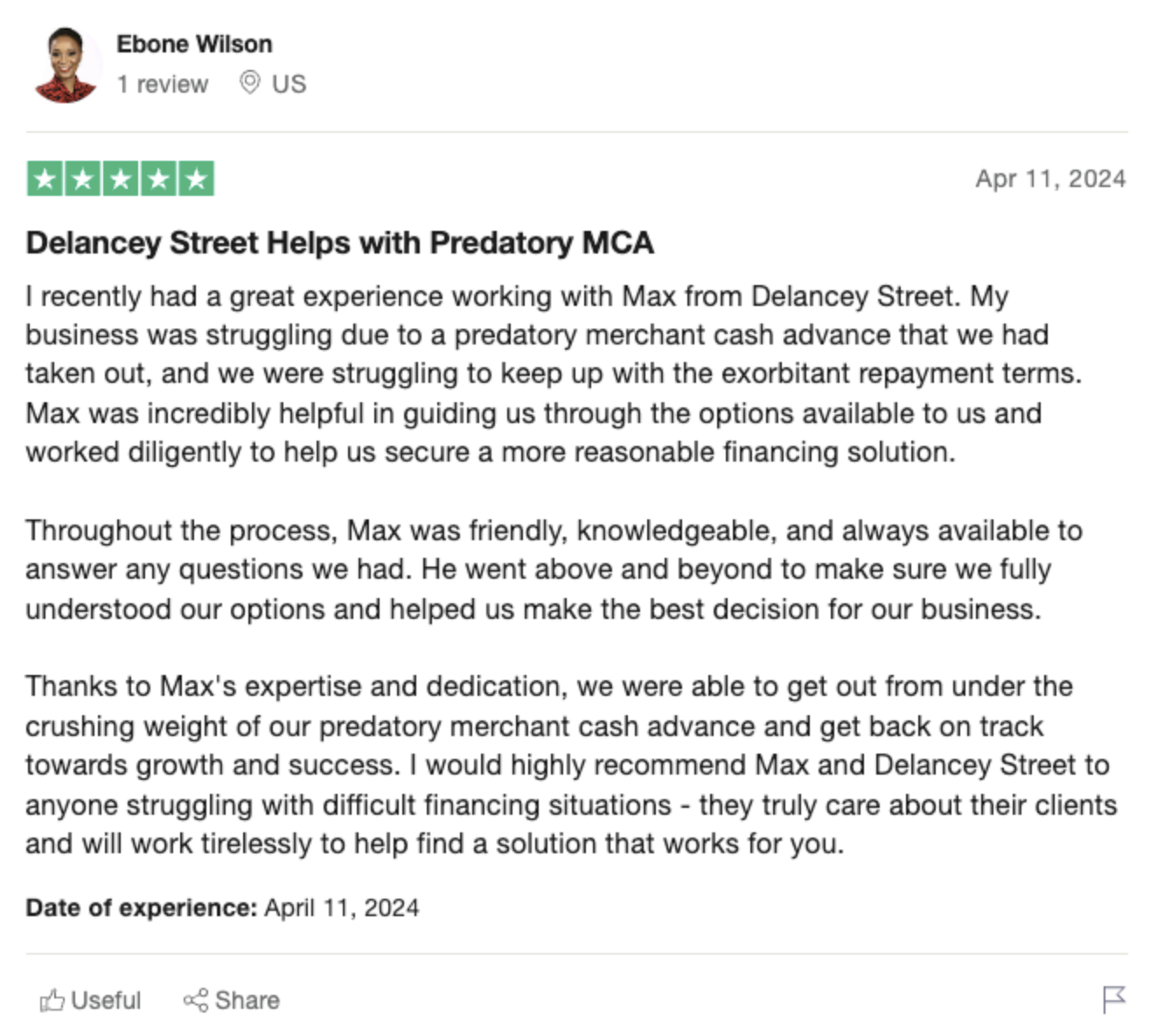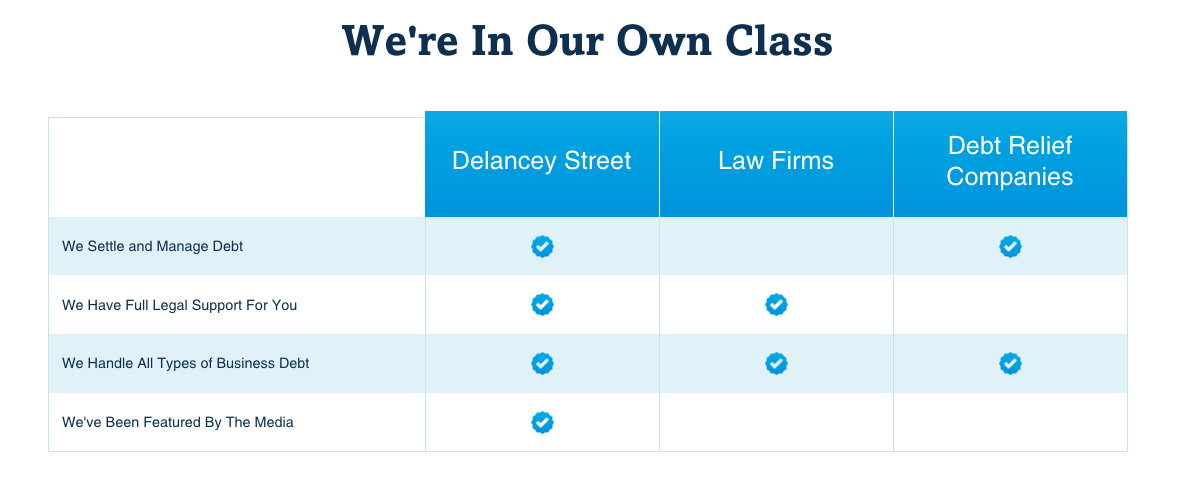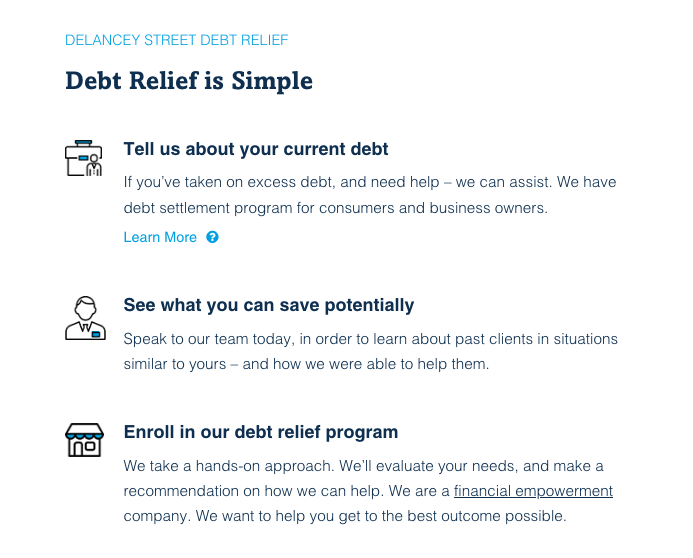What is a Debt Schedule and How Can it Help Your Business?
A debt schedule is basically a document that lists out all the debts your business owes. It details info like who you owe money to, how much you owe, interest rates, payment due dates, etc. Keeping a debt schedule can be super helpful for managing your business finances and making sure you don’t miss payments or default on any debts.I know dealing with debt and finances can feel kinda overwhelming when you’re trying to run a business. But don’t freak out! Putting together a debt schedule is actually pretty straightforward and it’s one of the best things you can do to get organized. Here’s a quick rundown of what a debt schedule is, why it’s useful, and tips for making your own.
What to Include in Your Debt Schedule
Your debt schedule should list out all outstanding debts your business has like:
 -
-- Business loans
- Lines of credit
- Equipment financing agreements
- Business credit card balances
- Accounts payable
- Rent
- Utilities
- Payroll taxes
- Any other money you owe a person or company
For each debt, make sure to include key details like:
- Who you owe – The person or institution you owe money to.
- Total owed – The total balance still outstanding.
- Interest rate – The annual % rate you’re paying.
- Minimum payment – The minimum amount due each month.
- Payment due date – The day each month the payment is due.
- Term length – Such as 60 month loan, revolving credit line, etc.
You’ll wanna update the total owed and minimum payment as you make payments each month. That way you always have an up-to-date view of what you still owe.Here’s a simple debt schedule example:
| Lender | Total Owed | Interest Rate | Min. Payment | Due Date | Term Length |
|---|---|---|---|---|---|
| Chase Bank – Business credit card | $5,200 | 15.99% | $184 | 27th | Revolving |
| Kabbage – Business line of credit | $15,000 | 12% | $750 | 11th | 36 months |
| DLL Financial – Equipment loan | $8,900 | 6.5% | $245 | 3rd | 60 months |
This shows the key details on each business debt in an easy-to-scan format.
Why Keep a Debt Schedule?
There’s a few key reasons having a debt schedule can really help with managing your business finances:
 -
-1. Avoid missed payments – With a debt schedule, payment due dates are clearly laid out. This makes it way less likely you’ll space out and miss making a payment on time. Late fees and hits to your business credit can add up fast.
2. Prevent defaulting on debts – Defaulting on a business loan or credit line can tank your credit, lead to legal action, and seriously harm your business. A debt schedule helps you stay on top of balances owed so you don’t risk default.
3. Track interest charges – You can see exactly how much interest you’re paying on each debt. This allows you to identify high interest debts and focus on paying those down faster.
4. See full picture of obligations – Having all your debts mapped out in one place lets you easily see your total obligations, upcoming payment amounts, and when different debts will be paid off. This helps with budgeting and cash flow planning.
5. Plan for payoff – You can forecast when you’ll have specific debts paid off and plan for taking on new financing if needed. Guiding debt pay down strategically is key for healthy business credit.So in a nutshell – a debt schedule helps avoid chaos, late fees, and fire drills around making debt payments for your business. It’s an easy organizing tool that provides clarity and control.
 -
-Putting Together Your Business Debt Schedule
If you don’t have a formal debt schedule already, here’s some tips for putting one together:
Step 1) List your debts – Pull statements and loan documents to compile a list of everything you owe for your business. Include stuff like credit cards, lines of credit, equipment leases, and loans.
Step 2) Track down details – For each debt, dig up key details like interest rates, minimum monthly payments, total term length, and payment due dates.
 -
-Step 3) Choose tool – You can keep your debt schedule in a spreadsheet, use business accounting software like QuickBooks, or try a debt tracker template like this one. Use what works best for you.
Step 4) Update regularly – Revisit your debt schedule each month to update totals owed, payments made, interest charged, etc. This keeps it current.
Step 5) Review often – Don’t just look at your debt schedule when payments are due. Review it frequently to watch balances decrease and catch any errors. Use it to inform business decisions that could impact cashflow.With a complete and accurate debt schedule, you’ll be way more in control of your business debt. Be sure to check for updates from your lenders on interest rates, payment changes, etc. Over time your hard work will really pay off as you chip away at balances!
What About Accounting Software?
Lots of people wonder whether small business accounting software makes debt scheduling pointless.Tools like QuickBooks do centralize info on money you owe and can track due dates. So that can eliminate the need for a separate schedule.However, sometimes having a simple, visual debt schedule can still be super helpful for easily seeing:
- Interest charges over time
- Multiple debts side-by-side
- Progress towards payoff
So even if you use accounting software, consider exporting a debt report into a spreadsheet occasionally. This lets you easily track month-to-month progress and identify priority debts.Apps like Tiller Money and Float can automatically import data from QuickBooks. They make it easy to visualize debt paydown and forecast future payments.So give it some thought whether having your debts mapped in a dedicated schedule format would provide extra clarity and control.
Bringing It All Together
Dealing with debt may not be the fun part about running a small business. But it’s a reality for most entrepreneurs at some point.Mapping out your debt obligations in an easy-to-scan schedule lets you:
- Avoid chaos when payments are due
- Prevent defaulting on important debts
- Identify high interest balances to tackle
- Clearly see payoff timelines
- Budget better each month
Getting your arms around your debt ultimately reduces money stress and frees up mental bandwidth. This lets you focus on doing what you love – growing an amazing business!So don’t wait until you’re missing payments or feeling desperate for a loan consolidation. Take control of your debt now by putting together a detailed debt schedule.Just follow the steps above to compile the key details on what you owe. Pick a tool to organize it that fits your style and needs. Then review your schedule regularly to update balances and watch that satisfying progress towards payoff.You’ve got this! Here are a few more great posts on debt management from fellow entrepreneurs:
- How I Paid Off Six Figures of Debt in Two Years
- Anyone Else Struggling with Business Debt?
- Debt Payoff Methods That Worked for Me
Hope this gives you a simple but thorough overview of putting together a debt schedule for your business! Let me know if any other questions come up.







